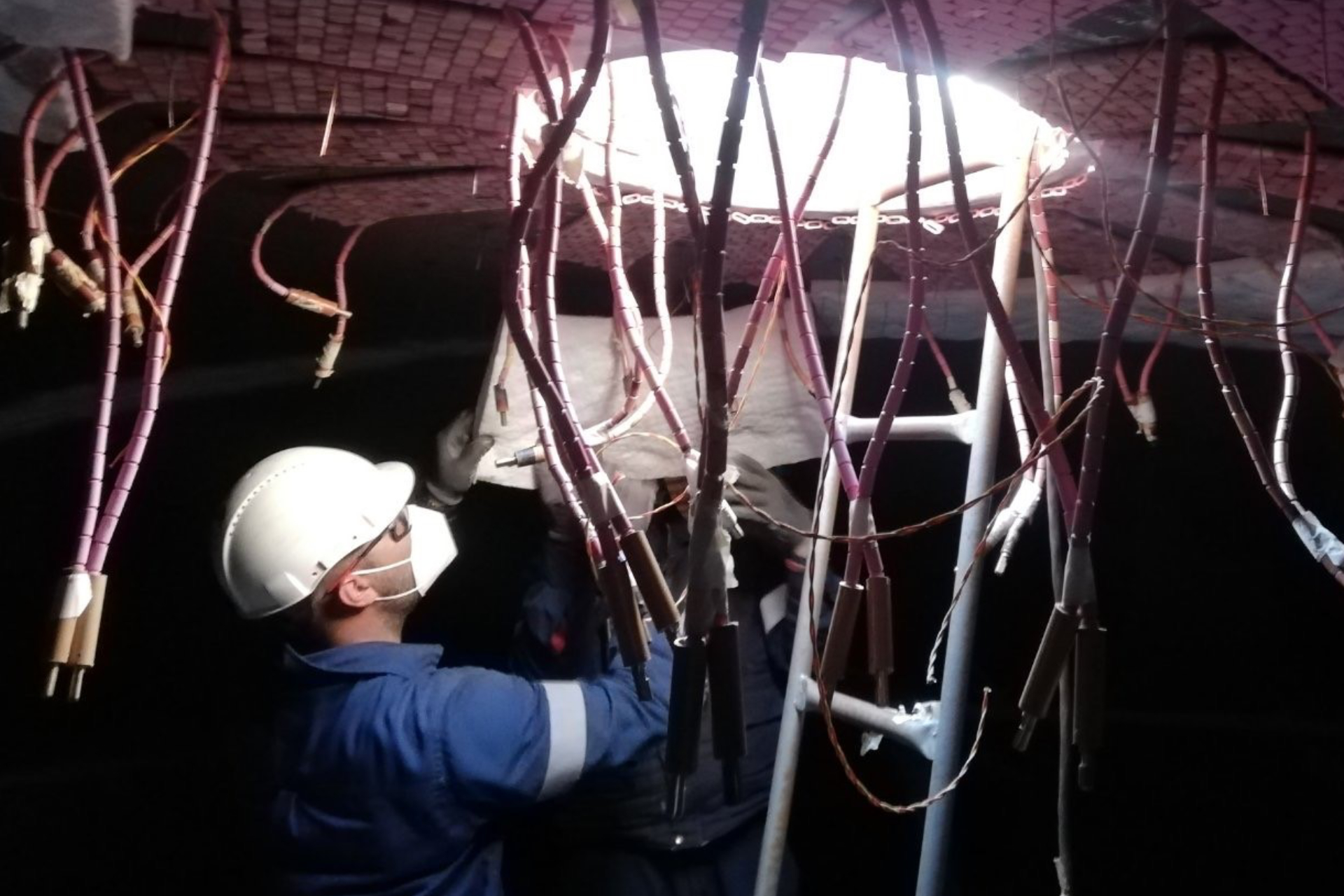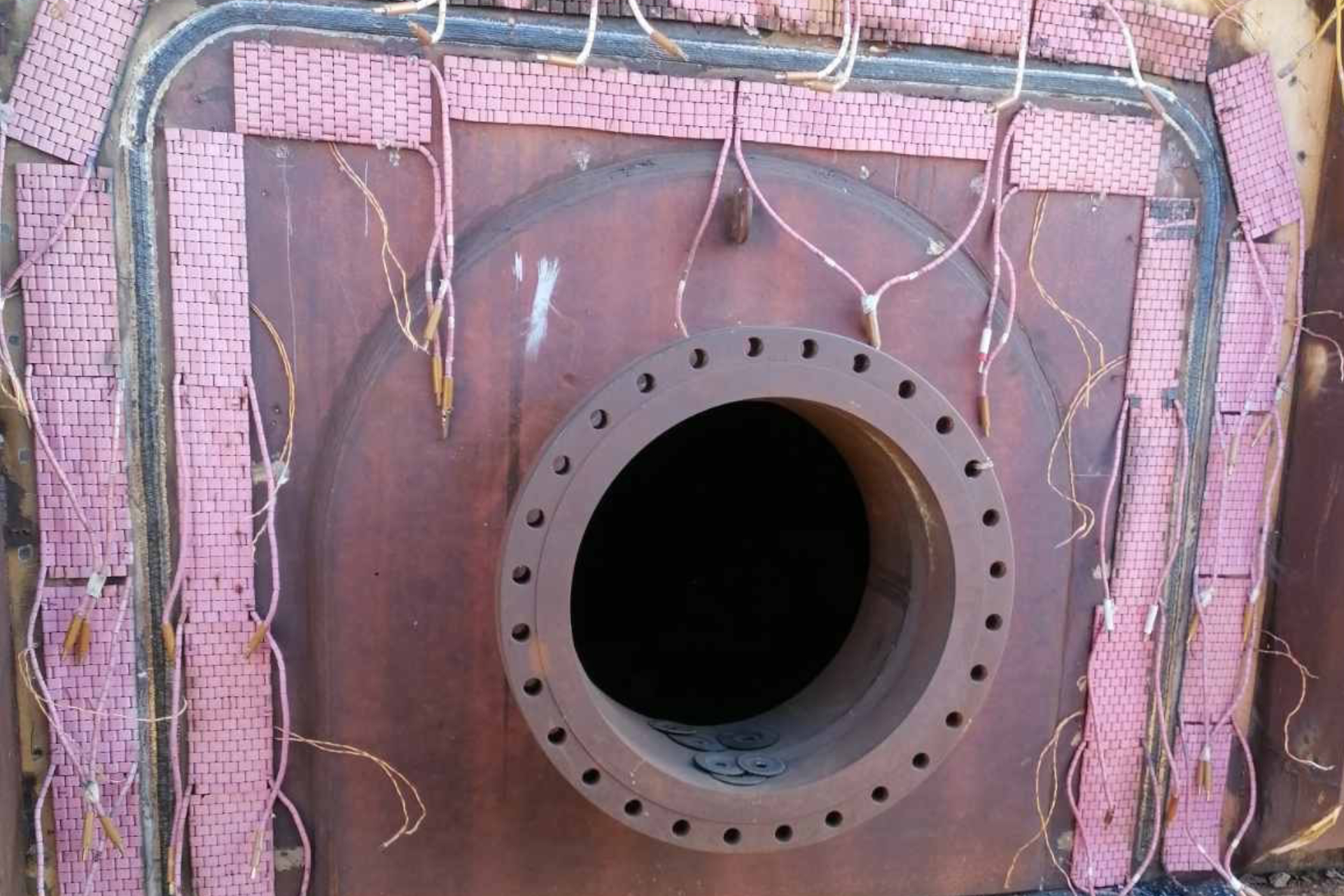Heat Treatment
Heat Treatment is a well-known, often-used process to change certain characteristics of metals and alloys in order to make them more suitable for a particular kind of application as well as improve a material’s properties, performance and durability to withstand wear and tear.
For example, through Heat Treatment, we have the ability to alter the metallurgical characteristics [such as hardness, strength and elasticity] of piping and equipment to better suit their intended applications. Heat Treatment techniques include annealing, case hardening, precipitation strengthening, tempering, carburising, normalising and quenching.

With in-depth knowledge, extensive experience and agile teams, we perform various applied Heat Treatment techniques on assets such as pressure vessels, welded constructions, piping and pipeline welded joints, and tanks to name a few.
We use advanced equipment such as mobile electrical heating units, mobile induction units and thermal gas combustion equipment, to deliver effective and accurate results.
Our Heat Treatment methods include:
- Electric Resistance Heating
- Gas Firing
- Furnace Heating System
- Induction Heating

The importance of Heat Treatment is evident in many products where heat treatment is used to improve the properties of materials. This is taking place, especially for steel, used in many industries, therefore the most common application of Heat Treatment is metallurgical.
These industries include:
With the science of heat treatment extending to over 100 to 125 years, the codes and standards list is extremely long. Key standards for Welding and the Petroleum, petrochemical and natural gas industries can be found in:
This information is a collection of references. While we have made every attempt to ensure that information on this site is updated, Newtron is not responsible for any errors or omissions, or for the results obtained from the use of this information. It is not guaranteed to be complete, correct, current, or up to date and may be changed without prior notice.
